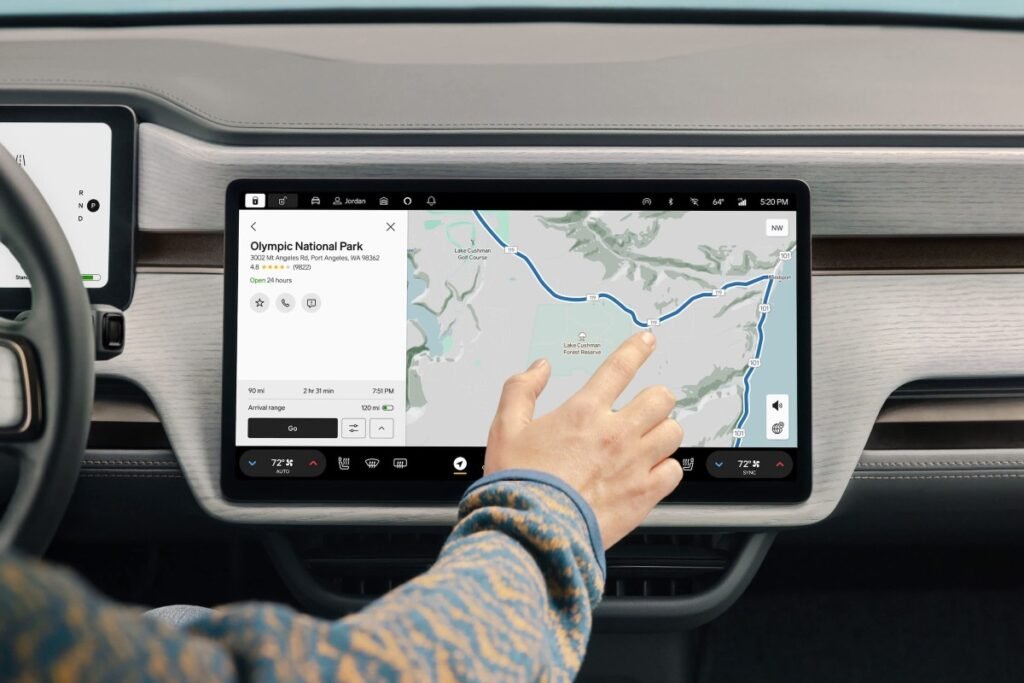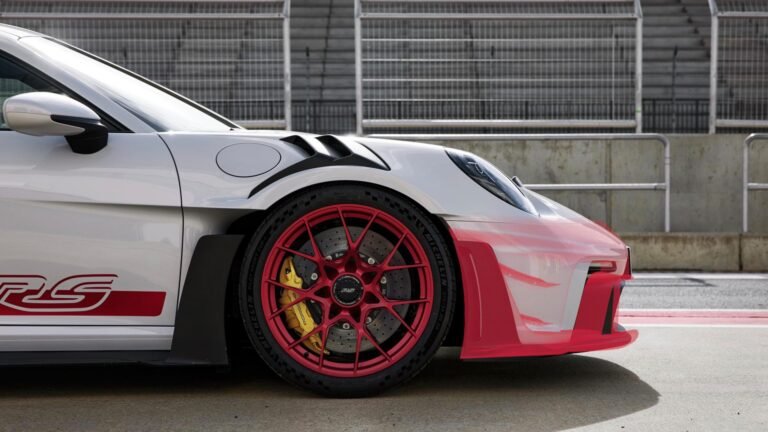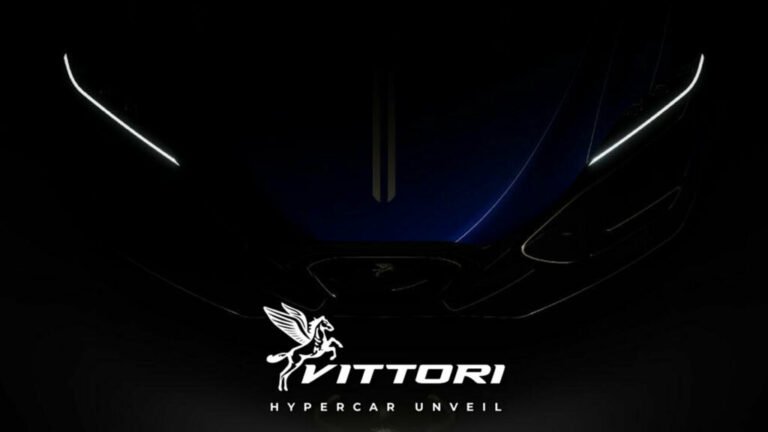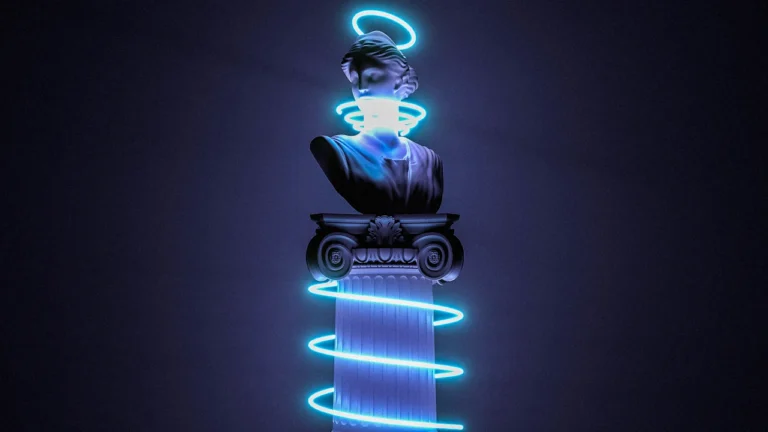
Rivian isn’t like other automakers
Apart from its vehicles’ distinct styling, the American electric truck and SUV firm Rivian is part of a small club of automotive detractors that go against the flow of a large portion of the rest of the industry. In this group, which includes other electric startups like Tesla, Lucid, Mercedes-Benz, and Detroit’s Big Three automaker General Motors, Rivian is part of a club whose technologically focused EVs do not offer compatibility with smartphone mirroring software like Apple CarPlay or Android Auto.
Specifically, in the past, Rivian’s CEO, RJ Scaringe, argued that Apple’s CarPlay isn’t “consistent with how we think about really creating a pure product experience,” which essentially means that it complicates tasks like opening the front trunk for drivers. “We’ve taken the view of the digital experience in the vehicle wants to feel consistent and holistically harmonious across every touchpoint,” Scaringe said during an appearance on The Verge’s Decoder podcast.
Although Rivian’s in-house infotainment software interface has integrated some smartphone application-esque services and features, including Apple Music, Spotify, Amazon Music, and Google Maps, some people are accustomed to smartphone mirroring systems and struggle to adapt to a motoring experience without them. However, one small company in California has developed a way to get the software onto Rivian’s large screen.
Meet EV Play
Following a year of work after the founder’s near-accident involving texting and driving, California-based firm Amprocity has developed EV Play. This in-car device offers both wired and wireless Apple CarPlay and Android Auto support in Rivian vehicles. The device, which is compatible with both Gen1 and Gen2 versions of the R1S and R1T models, actually uses the big ‘ol center screen mounted in the middle of the EVs by way of an Android-based box mounted below the Rivian’s dashboard.
Prior solutions, such as those offered by aftermarket EV specialists Team 1EV, involved using separate plug-and-play devices that act as independent entities from Rivian’s big screen, which is also used to control the vehicle’s drive functions and climate controls.
However, EV Play is different. According to the installation guide provided, the EV Play device taps into the car’s video and CAN bus connectors to display its interface on Rivian’s screen. Once connected, owners use a small remote to switch between Rivian’s software, which controls the car, and the EV Play device; however, it can automatically switch back to display the rear-view cameras when the vehicle is in reverse.
As it is an Android-based device, users can use their EV Play like an Android tablet or smartphone, which is only limited by the offerings of the Google Play Store. This means that anything from watching Netflix or HBO Max to playing all types of mobile games can theoretically be done from the screen in the middle of the Rivian’s dashboard.
In one video on EV Play’s YouTube channel, the creators demonstrated the device’s capabilities by playing games like Asphalt and an emulated version of Street Fighter II: Champion Edition on Rivian’s center screen, controlling it through a wireless controller.
The EV Play is initially being offered on a pre-order basis. A fully refundable $99 deposit is required to secure the device, which costs $399 when ready to ship. The EV Play device also has an optional $36 annual subscription, which provides users with new feature updates, an extended warranty, priority tech support, and access to the EV Play developer forum.
Final Thoughts
The screens in the middle of the dashboards of new cars are getting bigger. As technology evolves, it becomes a more prominent feature for specific buyers and their latest purchases.
As much as I yearn for the days of analog motoring, I have found that some automakers have figured out the software aspect better than others. In my experience, I found Rivian’s in-car infotainment and software system to be incredibly seamless, especially since it integrates my most frequently used CarPlay apps: Spotify and Google Maps. Scaringe does have a point; Rivians do not need a second for the software to recognize that it is in reverse to show the backup camera, unlike some CarPlay and Android Auto systems.
The act of “jailbreaking” in-car infotainment systems isn’t an entirely foreign concept before EV Play, but this device certainly takes things to the next level.





